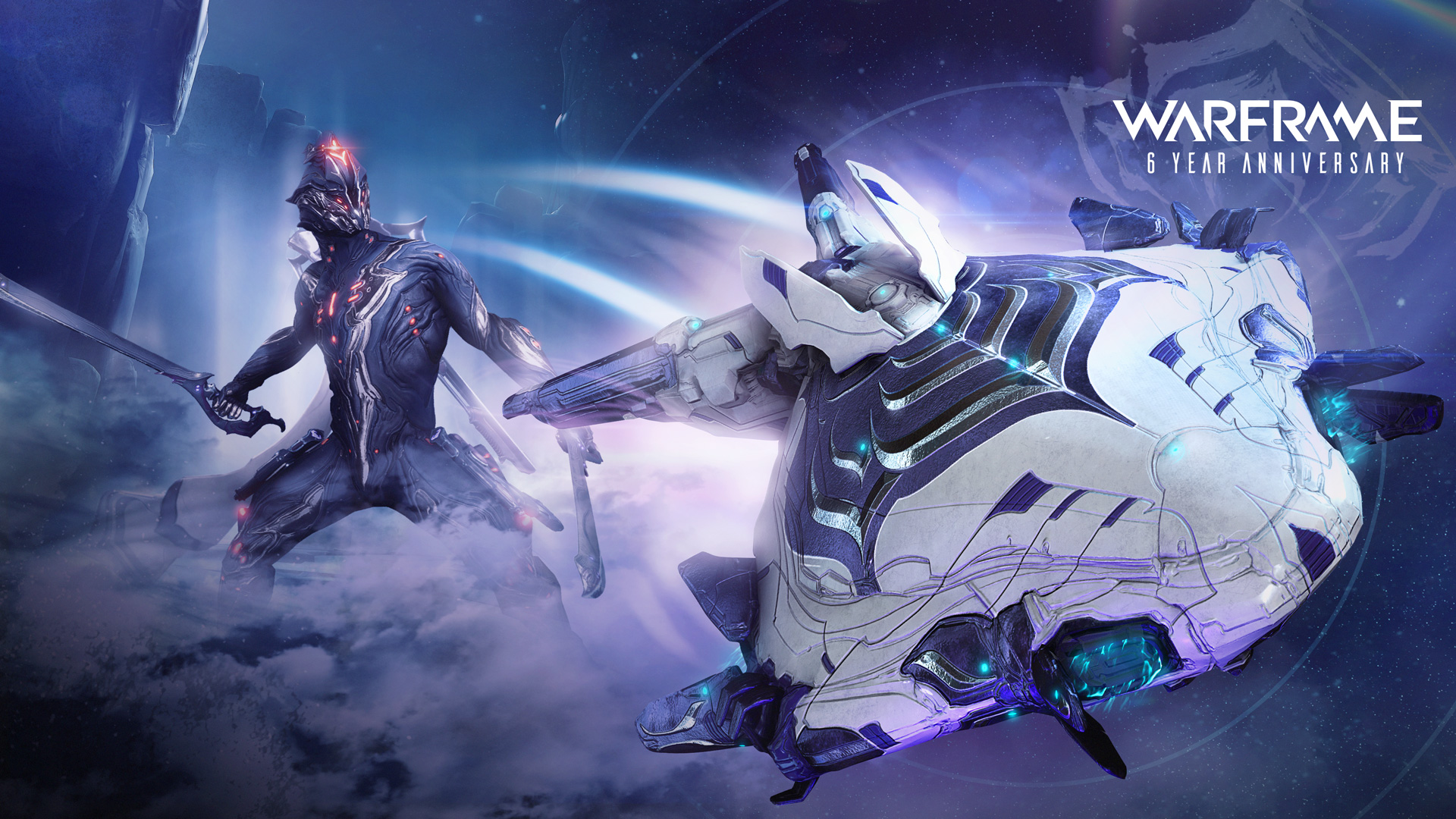Developer Digital Extremes is celebrating another milestone for Warframe. The online cooperative shooter hit its sixth anniversary last week, and it is quickly approaching 50 million registered players. This comes after a 2018 where Warframe broke its record for peak simultaneous online players and was consistently among the 20 most-viewed games on Twitch.
While other games have come and gone or shed players, Warframe has continued to attract players. Digital Extremes is pulling this off largely through exciting new content updates. These big drops don’t just add more missions, they often introduce fundamentally new ways to play Warframe.

Unlock premium content and VIP community perks with GB M A X!
Join now to enjoy our free and premium membership perks.
![]()

![]()